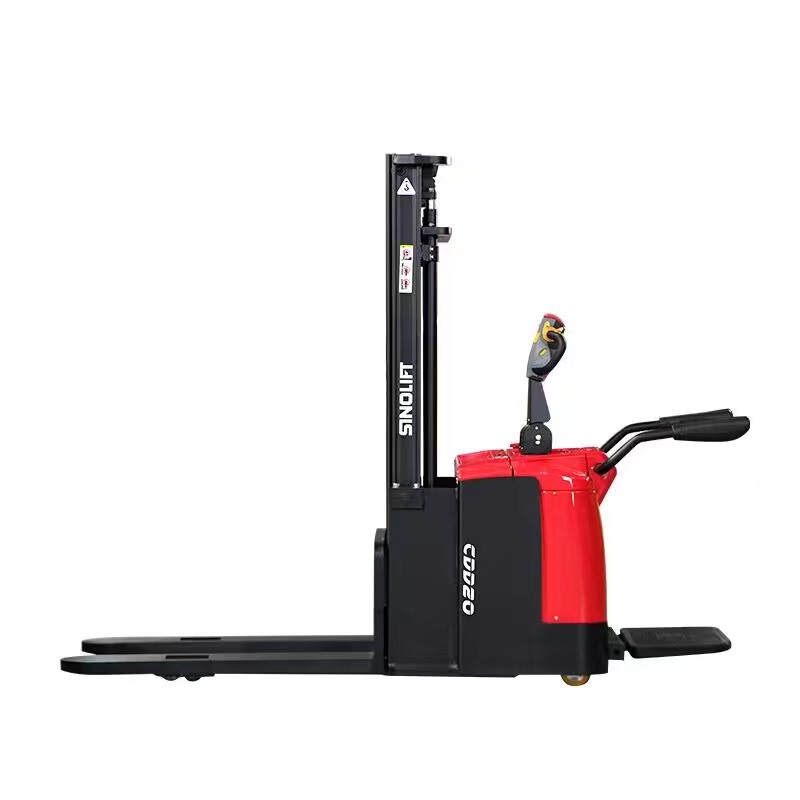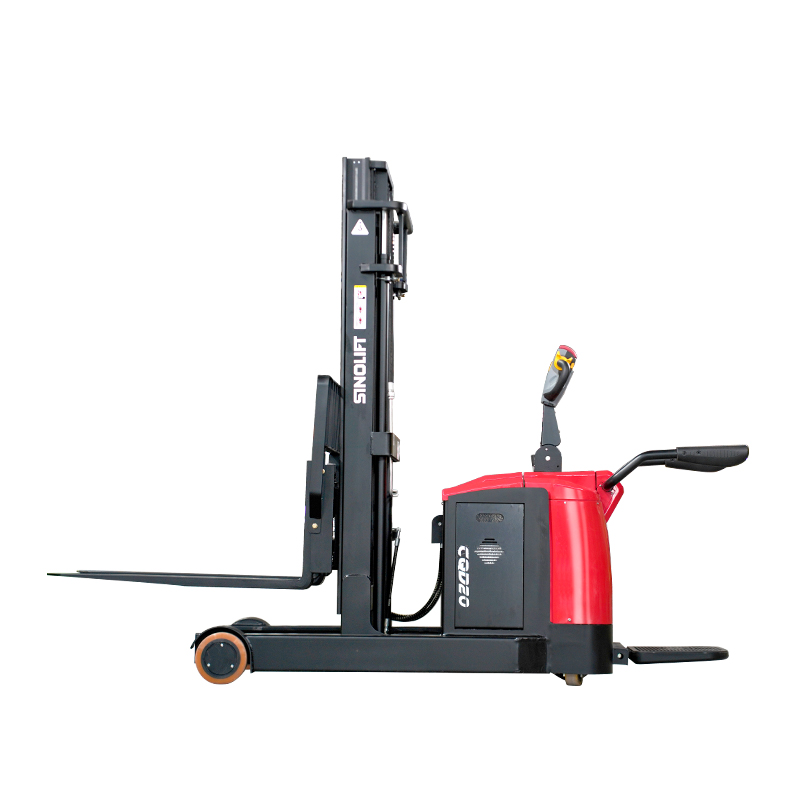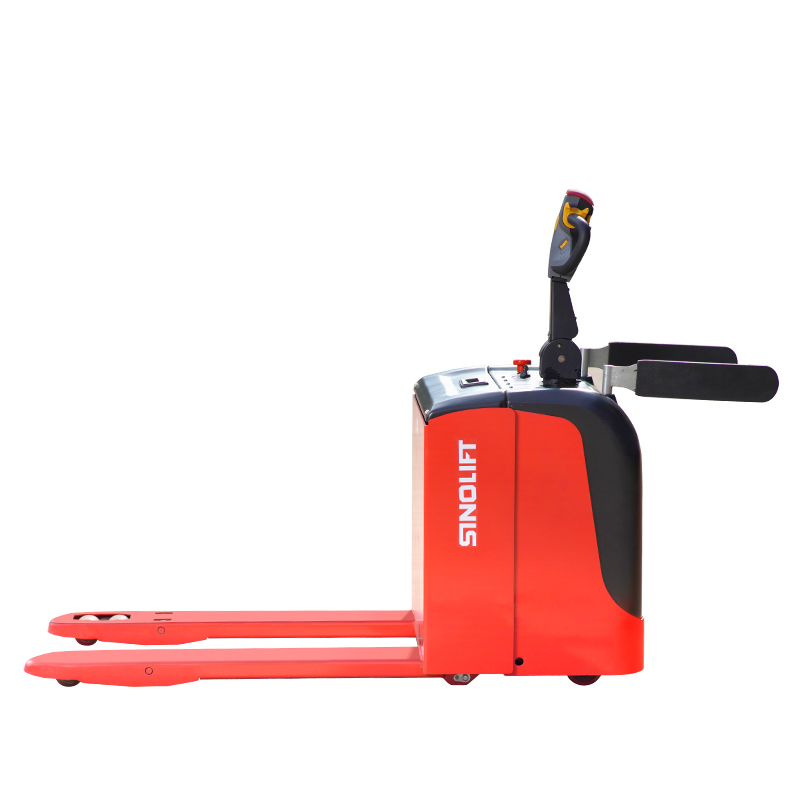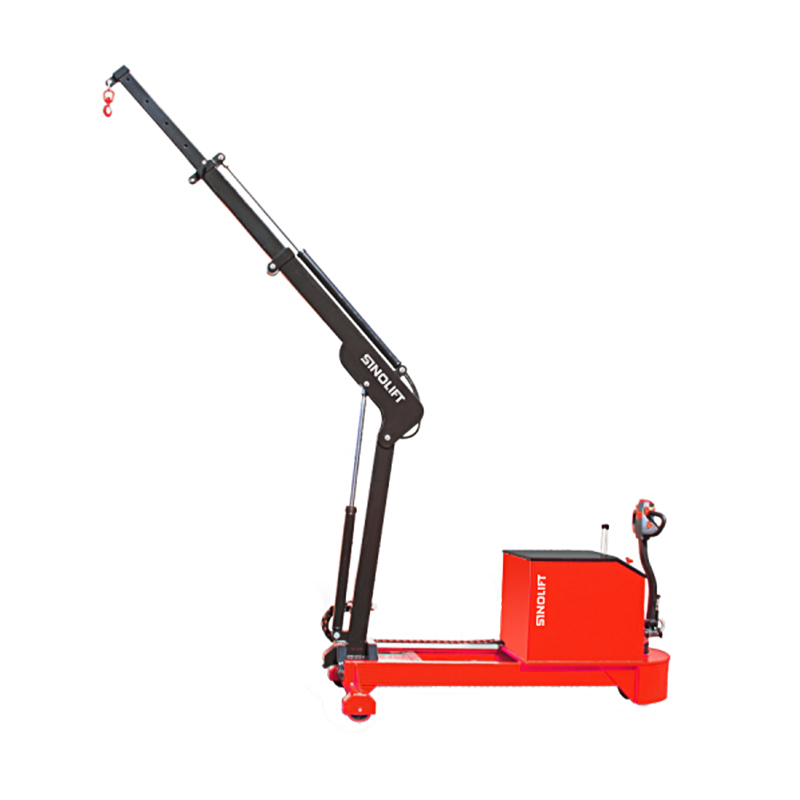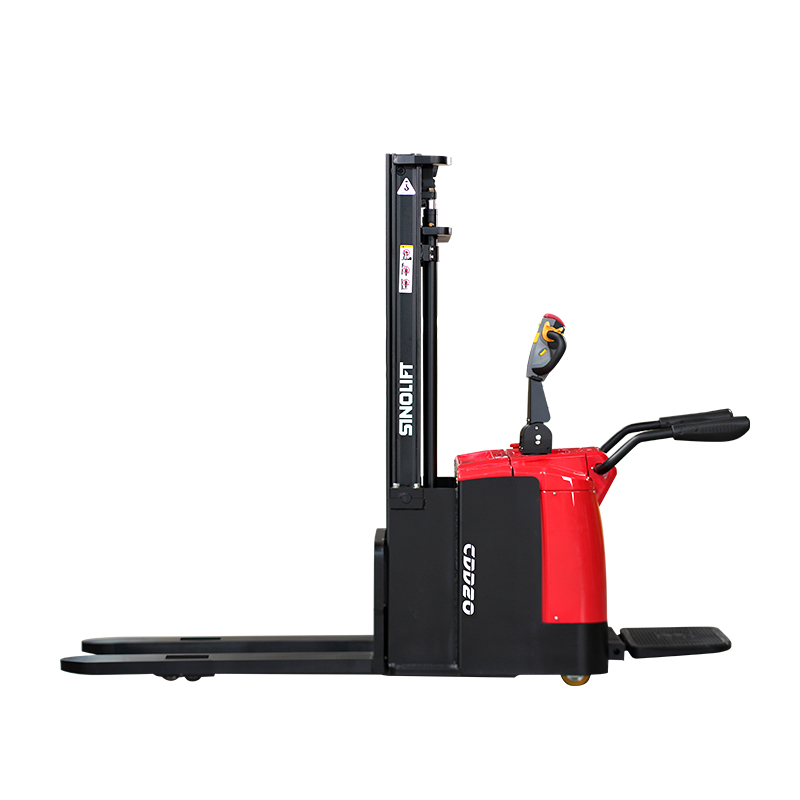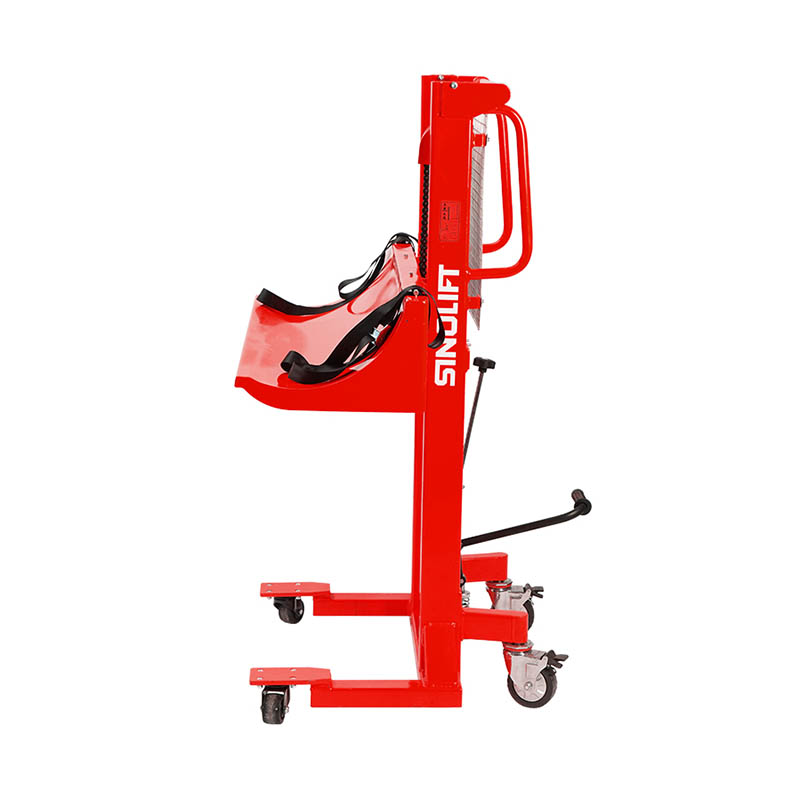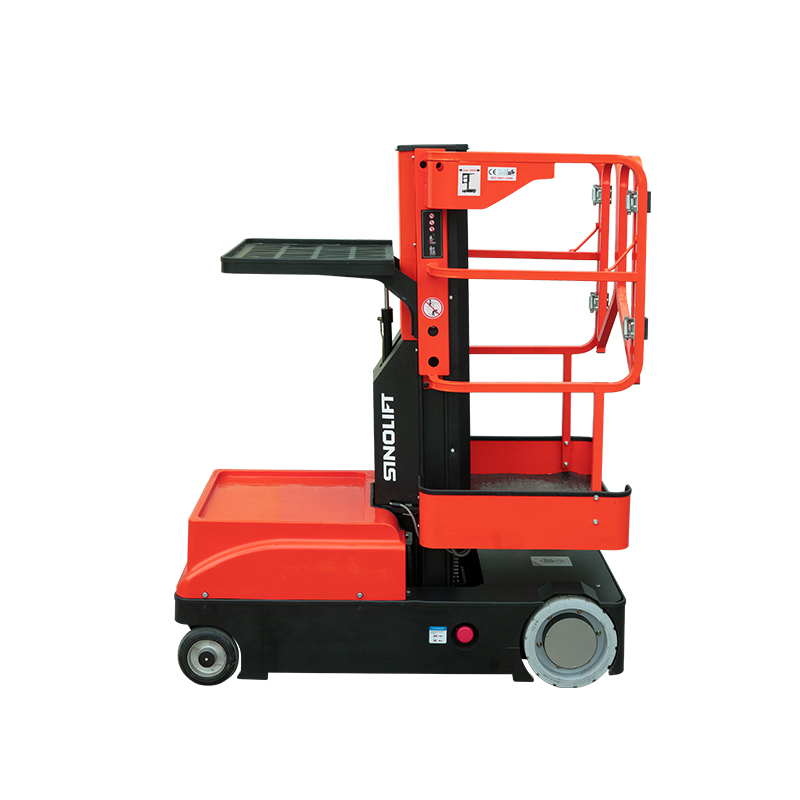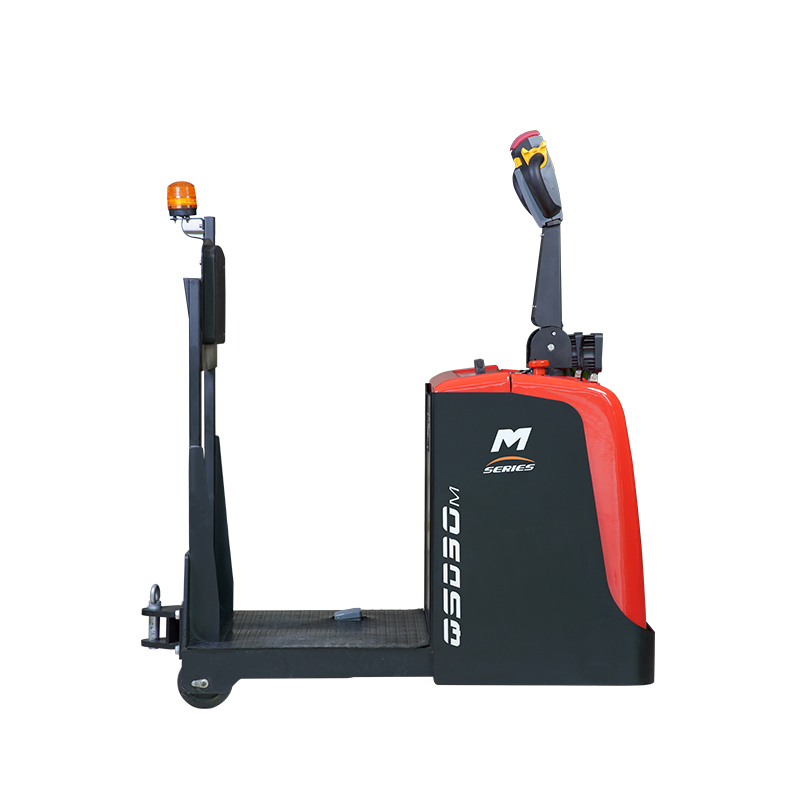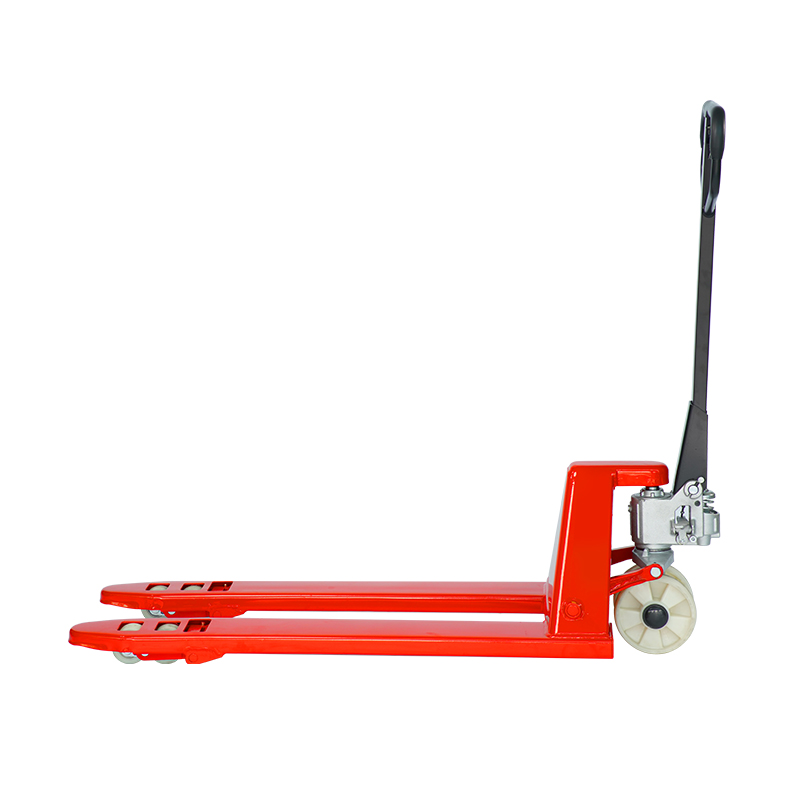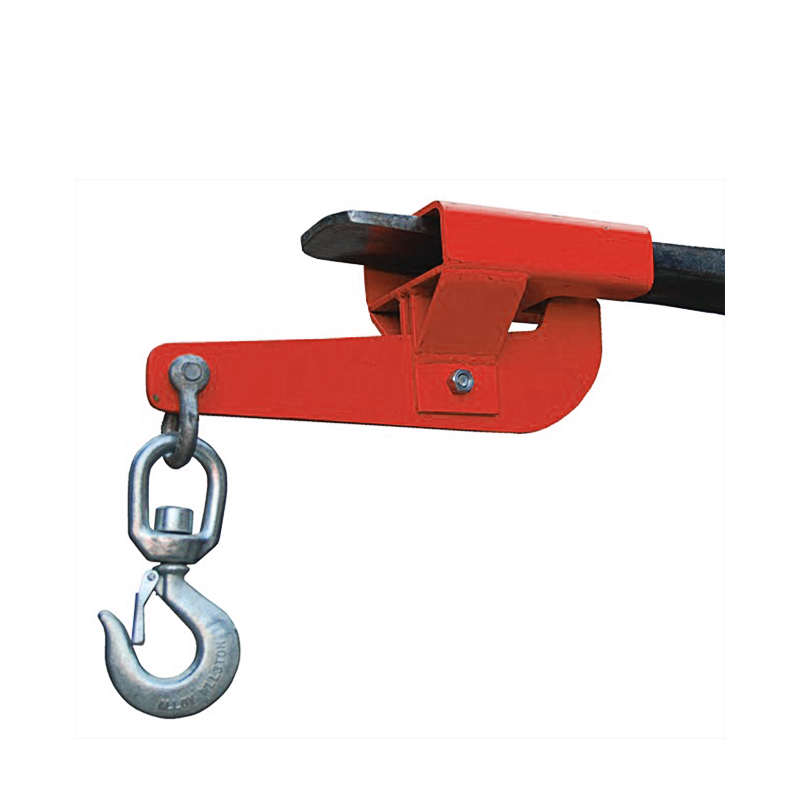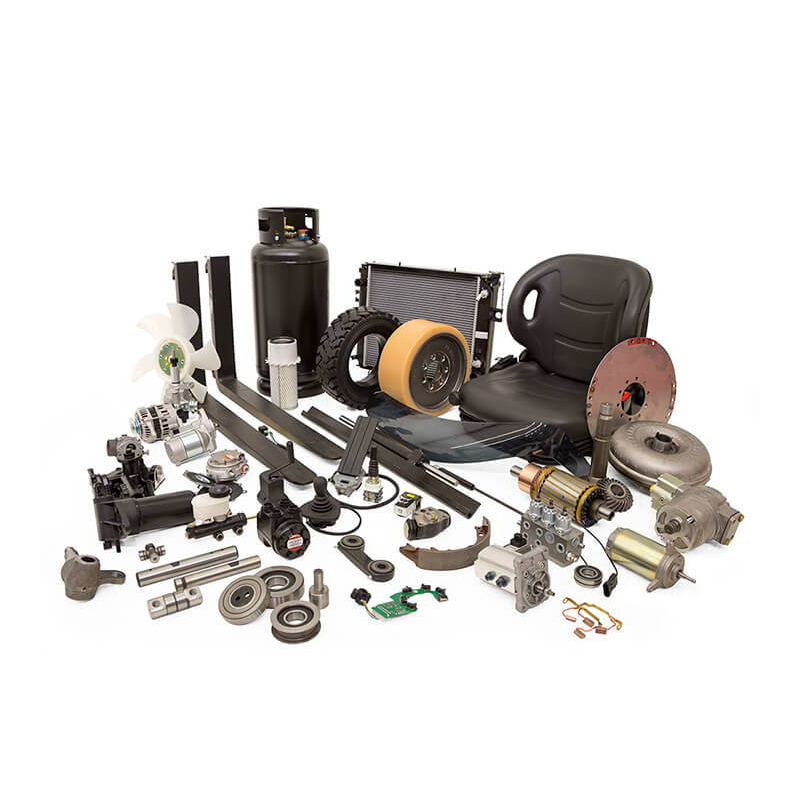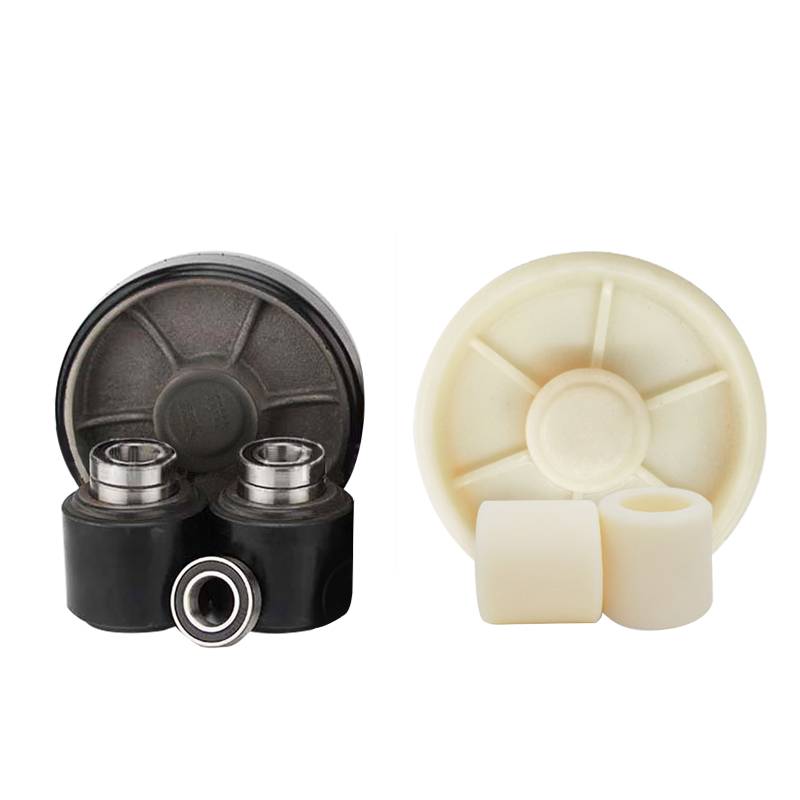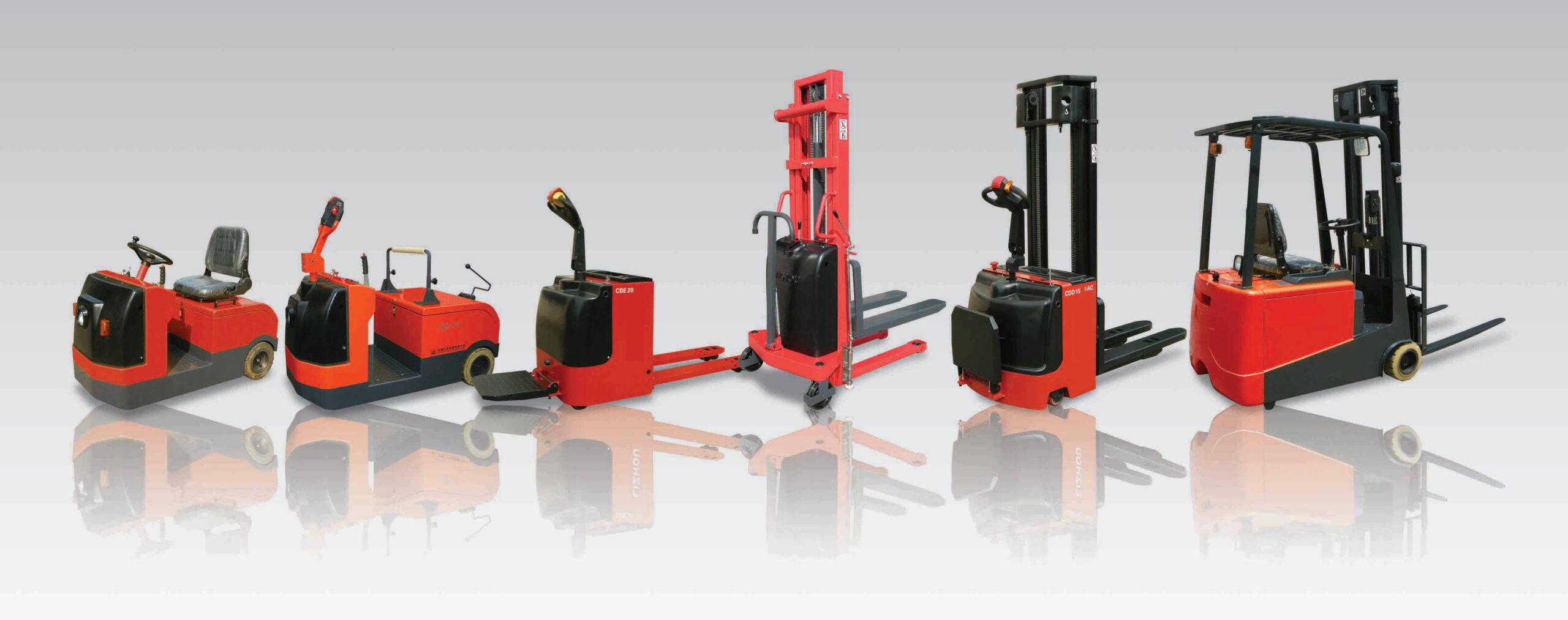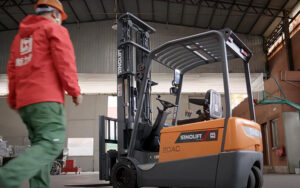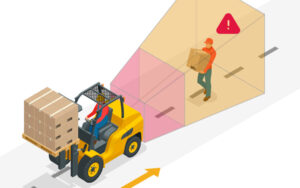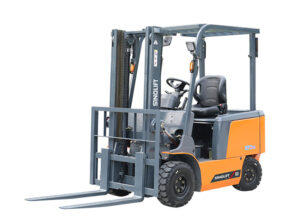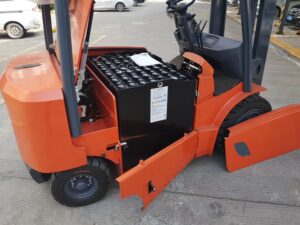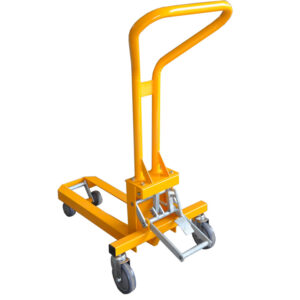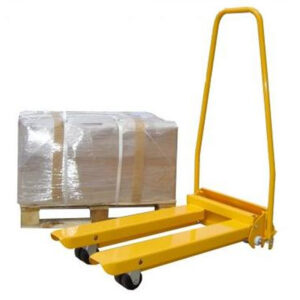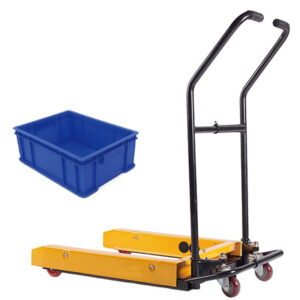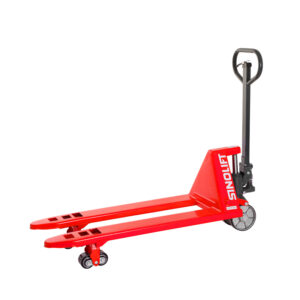How Does a Walkie Stacker Work?
Walkie stackers can be manual or powered. And how they are operated varies accordingly.
To use a manual walkie stacker, an operator must push the machine on their own. The stacker has a foot pedal or handle, so an operator can raise its forks as needed. Meanwhile, there is a separate trigger that the operator can press to release pressure and lower the forks.

Powered walkie stackers require gas or electricity. They tend to offer greater load capacities than manual units.
To raise and lower the forks of a powered walkie stacker, a driver can press down on a button. The driver can move the lift forward or backward via controls on the unit’s handles.
Reading a walkie stacker forklift operating manual is crucial. This ensures an operator has instructions that he or she can follow to drive the machine safely.
Types of Walkie Stackers
There are five types of walkie stacker forklifts:
1. Walkie Straddle Stacker
Walkie straddle stackers feature straddle legs that ensure load weight is distributed evenly. The legs straddle a pallet and ensure that the stacker can move close to a pallet, even in tight spaces.
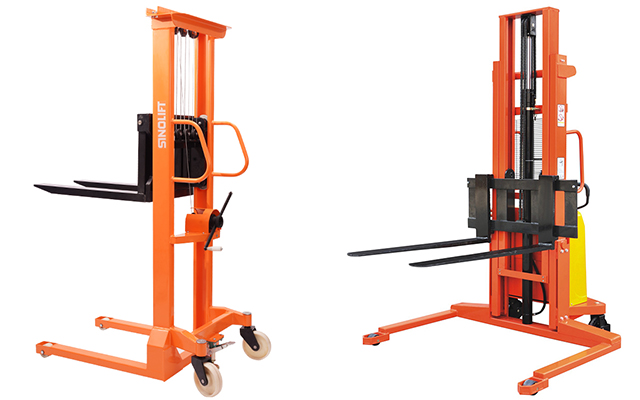
2. Walkie Reach Stacker
A walkie reach stacker features a pantographic scissor mast that an operator can use to move loads forward. As such, the stacker is often used for loading trailers, trucks, and utility vehicles.
3. Ride-On Walkie Stacker
A lift operator can ride directly on a ride-on walkie stacker. Meanwhile, the stacker features controls that allow the operator to use the machine to lift and carry loads.
4. Counter-Balance Walkie Stacker
A counter-balance walkie stacker forklift has a counter-balance weight to distribute loads. It is intended for use in narrow spaces.
5. Standard Walkie Stacker Forklift
A standard walkie stacker has legs that are located beneath the lift’s forks. The legs distribute load weight and ensure that an operator can lift one or two pallets at the same time. Walkie stacker forklifts are manual or powered. Manual walkie stackers tend to have limited lifting heights and are less efficient than their powered counterparts.
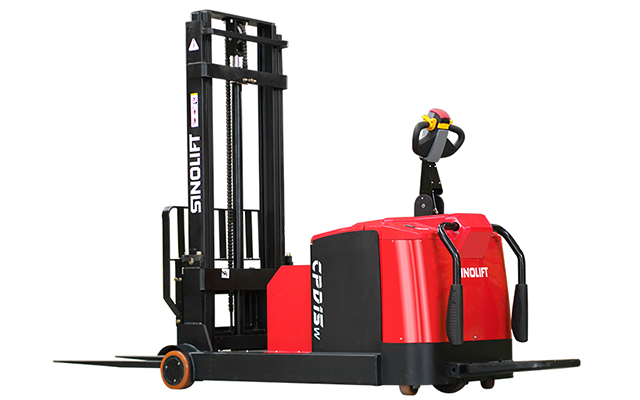
Benefits of a Walkie Stacker Forklift
Key reasons why businesses use walkie stackers include:
Walkie stacker operators do not require a license. Although there is no certification required to operate a walkie stacker, all operators must learn how to safely control the forklift before use.
Walkie stackers offer affordability. The total cost of ownership of a walkie stacker can be lower than that of a traditional forklift.
Walkie stackers are easy to maneuver in tight spaces. Walkie stackers offer greater maneuverability in tight areas than traditional forklifts.
For businesses that are considering walkie stackers and other types of forklifts, it helps to assess all available options. This ensures that companies can identify which type of lift can deliver maximum return on investment.
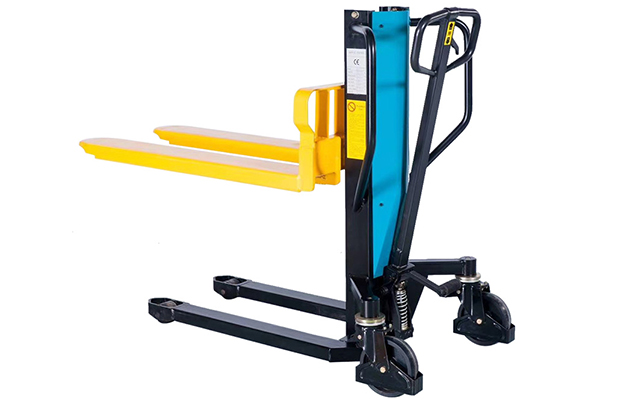
Which Is Better: A Walkie Stacker or a Traditional Forklift?
A walkie stacker forklift is usually a great option in store rooms or small warehouses. A walk-behind pallet truck is generally used indoors, due to the fact that its wheels are small and not intended for use on rough terrain.
Walkie stackers tend to be less bulky than standard lifts as well. Since walkie stackers have a compact chassis, they are simple to operate. And operators can maintain full visibility of their walkie stacker, load, and surroundings any time they use this machine.
Comparatively, a traditional forklift is designed for use indoors and outdoors and can lift light and heavy loads. The lift can be used at construction sites, warehouses, and other industrial work environments.

